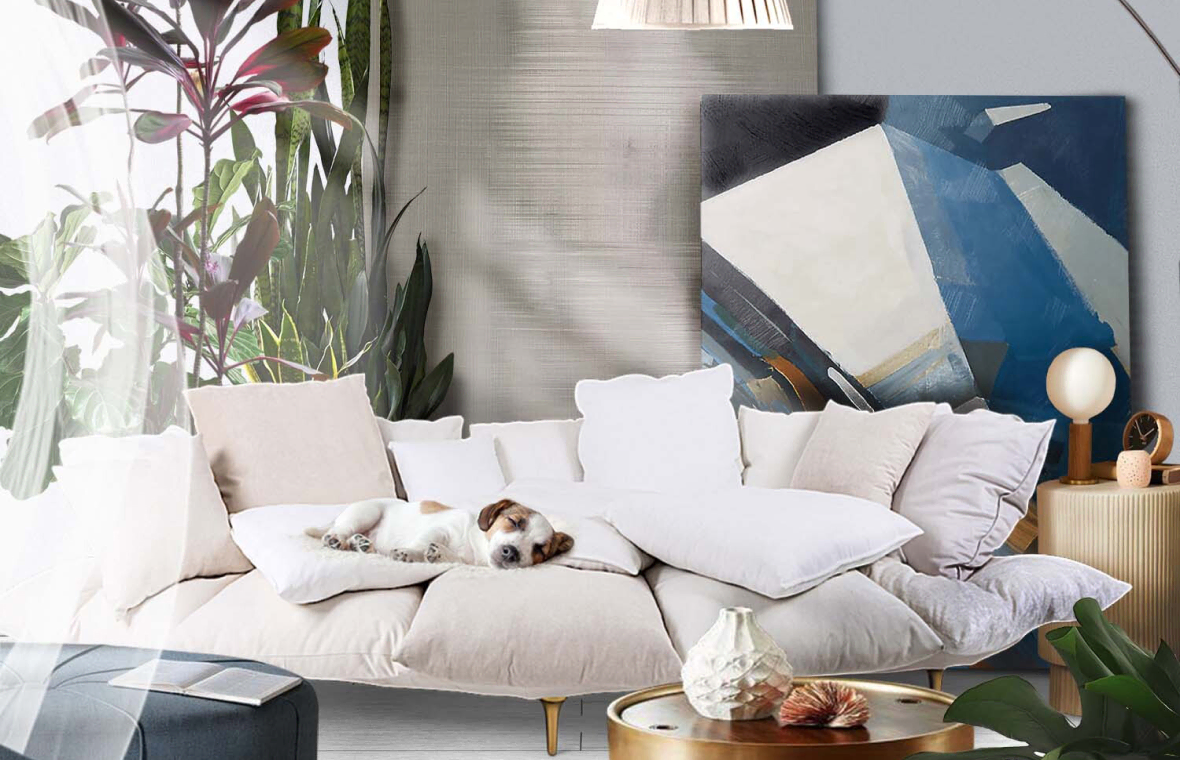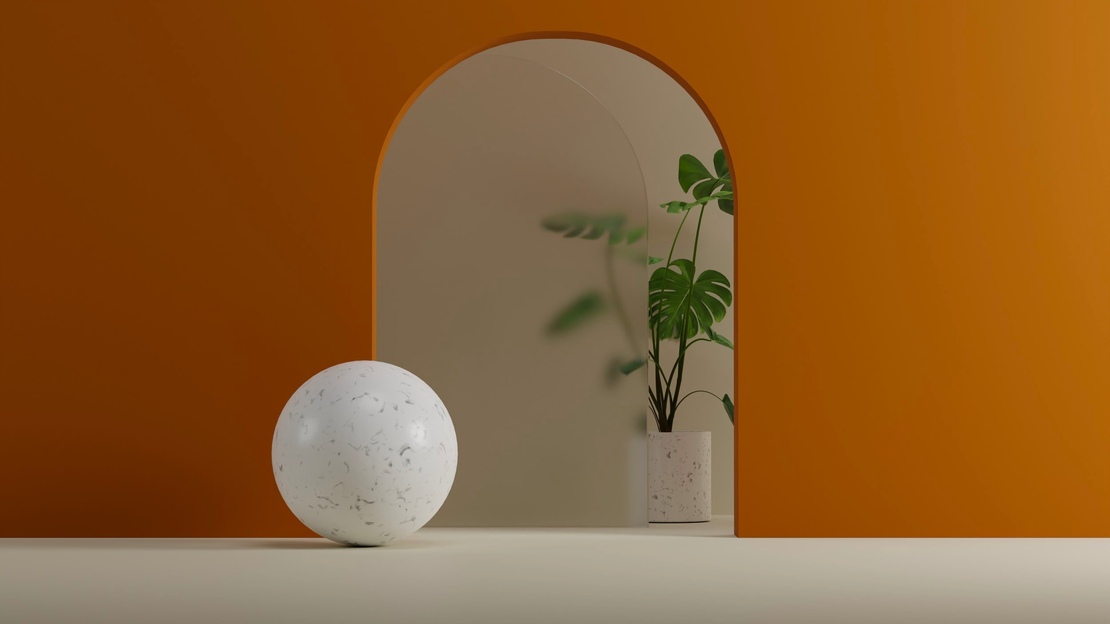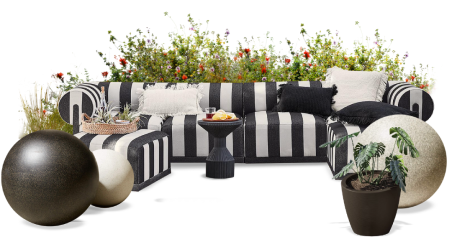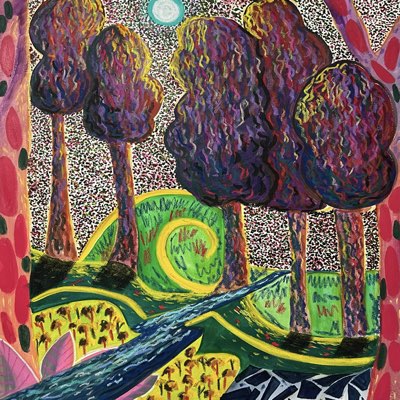Sustainable Roundups: 10 Side Tables for People and the Planet
 by Silvia|May 24, 2022
by Silvia|May 24, 2022Side tables are versatile pieces of furniture that find a place in many spaces, from the living room to the bedroom.
Materials vary from wood to stone, and for this roundup, we’ll focus on either sustainably-sourced materials or waste-based ones.
So let’s round up 10 interesting examples taken from SforSustainable, the sustainable interior design platform I curate.
Sustainably Sourced
Natural materials are not automatically a sustainable choice. What makes the biggest difference is how they’re sourced. Does sourcing respect the balance of the ecosystem? Only in this case, the material will be in line with long-term sustainability.
Product selection:
- April

Credit: Nikari
Precious Offcuts
Stone is a precious natural material whose extraction often requires an intensive process. In most cases, working with stone creates offcuts that – despite having smaller and weird shapes – shouldn’t be discarded. In fact, these bits and pieces can become beautiful objects with just a bit of creativity!
Product selection:
- René
- Joaquim
- Astra

Credit: Salvatori

Credit: Tacchini

Credit: Studio Raw Material
Waste-based Materials
Waste-based materials are one interesting and prolific field in sustainable design. In short, the idea is to find innovative ways to make sense of what has been considered useless so far. Examples go from glass shards, discarded textiles, and rubber to fruit and vegetable peels!
Product selection:
- Upcycled
- Block
- Cassie
- Rubber Cyl
- Side Table 03
- Tinct

Credit: FÓLK

Credit: Alusid

Credit: Ottan

Credit: Slash Objects

Credit: Charlotte Kidger

Credit: Justyna Poplawska
Roundup

1. Joaquim - by Tacchini 2. René - by Salvatori 3. Cassie - by Ottan 4. Astra - by Studio Raw Material 5. Rubber Cyl - by Slash Objects 6. April - by Nikari 7. Tinct - by Justyna Poplawska 8. Side Table 03 - by Charlotte Kidger 9. Block - by Alusid 10. Upcycled - by FÓLK
For more sustainable interior products, browse through SforSustainable!
This article was written by Silvia from DforDesign.
Meet The Author
Silvia is an interior designer and content creator who resides in Switzerland. For her, interior design is way more than aesthetics. That's why she says that she's on a mission to make interiors good for wellbeing and our planet.
Both on clients' projects and on the blog, her work focuses on:
Biophilic Design: wellbeing-centered interiors that take inspiration from nature.
Sustainable Design: products & materials that are mindful of the environment and support the development of a circular economy.
















 1h left
1h left




